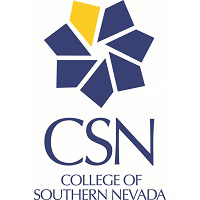Below is a summary of the abstract you submitted. Presenting author(s) is shown in bold.
If any changes need to be made, you can modify the abstract or change the authors.
You can also download a .docx version of this abstract.
If there are any problems, please email Dan at dar78@pitt.edu and he'll take care of them!
This abstract was last modified on March 21, 2023 at 7:14 p.m..

Bacteriophages are viruses that infect bacteria. The continued study of these phages may provide methods for diagnosing, treating, or preventing bacterial illnesses that are resistant to standard antibiotics. Novel bacteriophages, Nibbles and Olgasclover, were collected from soil samples in Las Vegas, NV. Using the bacterial host Gordonia rubripertincta, these phages were amplified, had DNA extracted, and sequenced. The coordinates and putative functions of the genes in each genome were determined using a variety of bioinformatics tools, including DNA Master, Phamerator, HHpred, GeneMark, BLAST, Starterator, SOSUI and TMHMM. Students and faculty worked collaboratively to annotate the genomes. The findings regarding the genes and their functions are extensively documented within this research. The CT cluster phage Nibbles produced plaques ranging from 1-2mm, has a genome of 45,601 base pairs covering 70 encoding genes. No transfer RNA was detected. The GC percentage was 61.7%, which was higher than the CT cluster average of 60.9%. Cluster DJ phage, Olgasclover, produced 1mm plaques, has a 61,926 bp genome, 94 genes, no tRNAs, and a GC% of 51.3%. These findings can be utilized to guide future research on CT or DJ cluster Gordonia phages. This research contributes to a larger database detailing the known phages and can be easily utilized at any time for further study.
